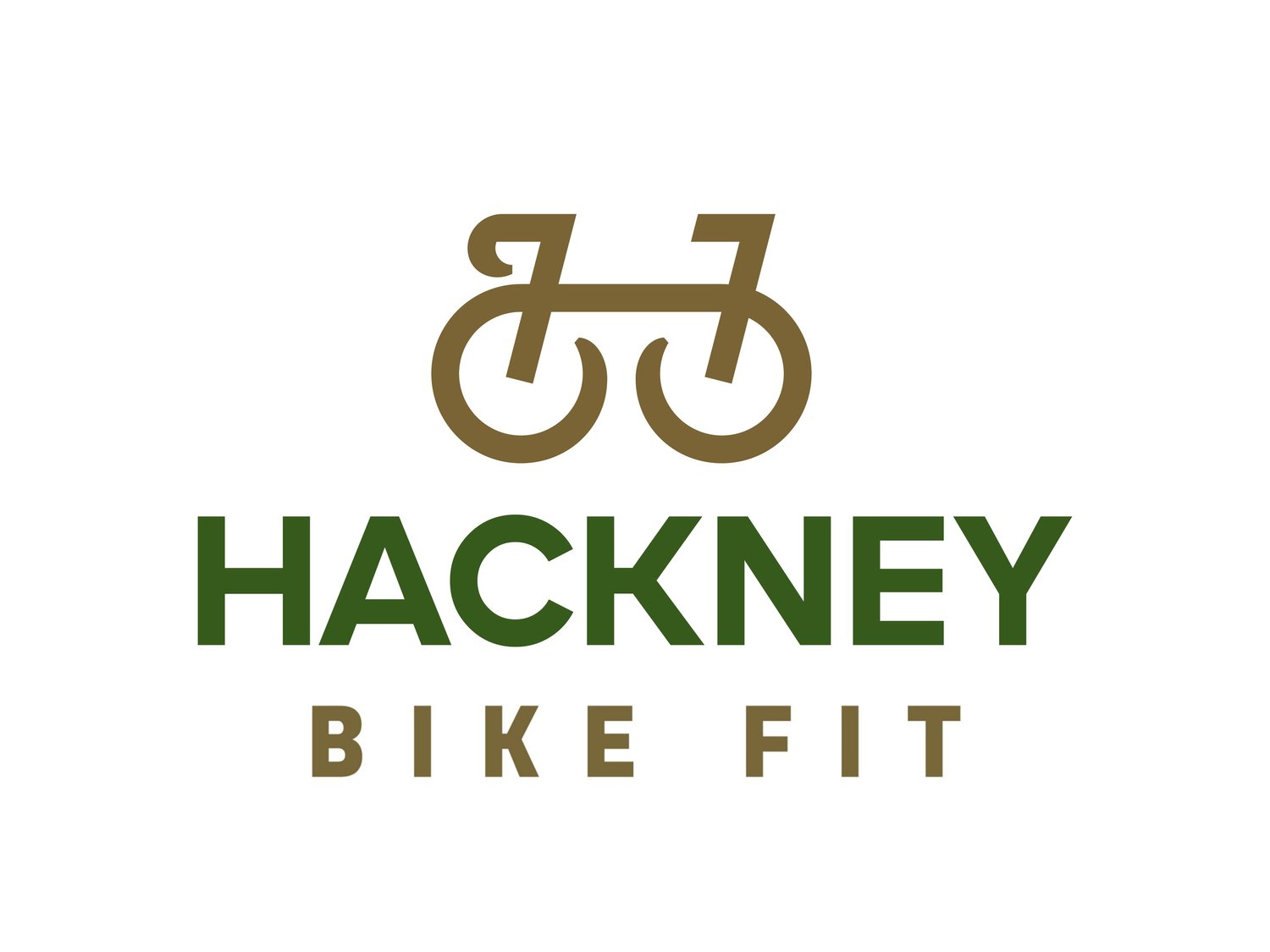Painful saddles and how to overcome them
Saddle sores are a right pain in the backside or even worse, the frontside. When you ride a bike, an amount of pressure on your bum and genitals is expected, but it should not hurt. So what can you do about it? This depends somewhat on what and where the problem is, but also what bits are in your pants or cycling bib. Thankfully, there are common solutions to most issues.
Number 1: Get your saddle height right
If your saddle is too high or too low, most people’s hips will rock more than if the saddle is at the correct height. When the saddle is too high, your legs are reaching too far at the bottom of the pedal stroke. Some people compensate by leaning to the side, leading to one sided saddle pains. Those who stretch both legs evenly will increase friction (ouch) and the overall pressure on your pelvic area (double ouch). Having a saddle that is too low can also increase pressure, as your legs and feet are not taking their share of your weight, with more of it going through your saddle. Those rocking hips will also increase friction. Friction and chaffing is a particular issue in women with the shape and position of the labia affecting some more than others.
Number 2: Chamois cream
Chammy cream, a bottom’s delight. This tube or tub of goodness may not be necessary for the occasional or short distance cyclist, but once you start to increase your mileage or time in saddle, it really pays off. It is antibacterial, reduces friction and should be applied liberally on all areas of skin which are rubbing against each other or the saddle. If you do get a small saddle sore, this should prevent it becoming infected but prevention is always better than cure. Get used to applying it before long rides to help reduce the risk of getting a sore in the first place, especially if you are prone to chaffing.
Number 3: Move your saddle
As well as moving your saddle up and down, it can also shift back and forwards along it’s rails. Changing the position of your saddle will change the angle of your pelvis on the saddle, affecting which part of your bottom has the most contact and which section of the saddle you are most likely to be sitting on. The position of the pelvis also changes during climbs and descents, so if you are having pain specifically when riding hills, a shift in position to compensate can help. Remember, any movement of your saddle back or forwards will change the distance between your saddle and the pedals, and to a lesser degree the handlebars, so your saddle height may need a slight adjustment to compensate.
Number 4: Change your saddle
Most saddles that come with the bike will have a slight dip to accommodate your genitals but for a lot of us, it’s simply not enough. There are a huge range of cut out or split saddles which will remove the pressure from your precious soft tissues, on to your sit bones where it belongs. This applies to everyone, regardless of what you’ve got in your cycling shorts and can relieve numbness, pain and reduce the build up of sores. Some of the larger splits can widen the saddle to the point where it rubs on your inner thigh, so trying the saddle while riding is definitely recommended. I love the SMP saddles for large cut out and biometric, eagle nose design, but they’re not for everyone.
Your local bike shop may have test saddles that they can lend you to try or a great way to test a number of different saddles before buying is to visit a saddle library, like the one at London Bike Kitchen in Hackney. If you’ve relieved the pressure through seat height adjustments and you’re still getting issues, it’s worth a visit. If you change your saddle, recheck your saddle height as thickness varies widely.
Number 5: Pad your behind
Those lycra padded shorts may not be a thing of beauty, but they do their job. Wear instead of underwear (not with) and a liberal dose of chammy cream and a lot of saddle issues can be reduced. If you hate the look of tight lycra, there are a number of undershort options which are suitable for an hour or so in the saddle. Decathlon have a low cost range which are pretty decent. If you are wearing padding for the first time, this will in effect raise your saddle height a couple of mm too.
Number 6: Get a full bike fit
Naturally I’m going to recommend this, it’s my job, but also the best way to address any and all issues you may be having with your saddle. Discussing any issues in a private, safe environment before going through all your contact points (feet, saddle and hands) step by step, to make sure your weight distribution is optimal and no single area is taking undue or uneven load. If you come for a bike fit and then purchase a new saddle, you can come back to recheck your height and set back for free. I also provide a full report at the end of each fit which gives your ideal pedal/saddle/handlebar distances, so the bike shop may be able to check this for you too.

